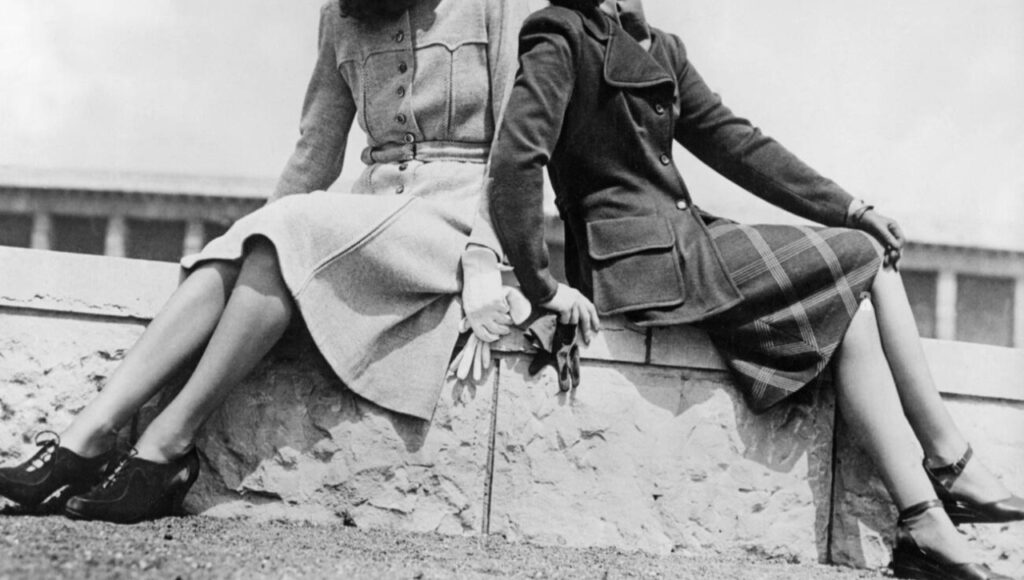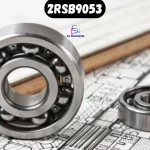Introduction
The 1940s was a decade marked by significant global changes, with Fashion reflecting the era’s unique challenges and triumphs. Women’s Fashion in the 40s was heavily influenced by the events of World War II, which led to a blend of practicality and elegance that continues to inspire modern trends. Understanding 40s women’s Fashion is not just about looking at what people wore—it’s about understanding women’s resilience, creativity, and adaptability during one of history’s most tumultuous times.
The Influence of World War II on 40s Fashion
Resource Scarcity and Rationing
World War II profoundly impacted all aspects of life, including Fashion. With resources being diverted to the war effort, fabrics and materials were in short supply. Rationing became a reality, leading to the rise of the “Make Do and Mend” mentality. Women were encouraged to recycle old clothes, repair garments, and be creative with limited resources. This period of austerity gave birth to utility clothing, which was practical, durable, and designed to use as little fabric as possible.
Utility Clothing and the “Make Do and Mend” Mentality
Utility clothing, introduced by the British government, became a staple during the 1940s. These garments were simple, functional, and devoid of any unnecessary frills. Despite these restrictions, women found ways to maintain a sense of style. The “Make Do and Mend” campaign encouraged women to alter existing clothing, creating a unique and personal fashion statement.
Key Fashion Trends of the 1940s
The Return of Femininity Post-War
As the war drew to a close, there was a marked shift in Fashion. The austerity of wartime clothing gave way to more feminine silhouettes. Women embraced styles that emphasized the waist and hips, contrasting the boxy, utilitarian designs of the early 40s.
The Influence of Hollywood on Everyday Style
Hollywood played a significant role in shaping 40s Fashion. Movie stars like Katharine Hepburn and Rita Hayworth became style icons, and women worldwide emulated their on-screen looks. Glamorous evening gowns, fur stoles, and tailored suits became the epitome of 40s Fashion, bridging the gap between practicality and glamour.
The New Silhouette: Broad Shoulders and Narrow Hips
One of the most distinctive features of 40s Fashion was the silhouette. The broad-shouldered, narrow-hipped look, often achieved through shoulder pads and tailored jackets, became iconic. This style was fashionable and practical, allowing for movement and activity, essential for women taking on new roles during the war.
Iconic 40s Fashion Pieces
The Utility Dress
The utility dress was a simple yet stylish garment that became synonymous with the 40s. Made from sturdy fabrics like cotton and wool, these dresses were practical for daily wear but still offered a touch of femininity with their fitted waists and modest hemlines.
The A-Line Skirt
The A-line skirt flared out from the waist and became famous for women in the 1940s. Its versatility made it suitable for casual and formal occasions, and it remains a staple in women’s wardrobes today.
Tailored Suits and Blazers
Tailored suits and blazers were another hallmark of 40s Fashion. These garments were often worn with skirts and featured the broad-shouldered silhouette that defined the era. Suits were both practical and stylish, suitable for work and social occasions.
Fabrics and Materials of the 1940s
Wool, Rayon, and Cotton
Given the scarcity of resources, the fabrics used in 40s Fashion were often chosen for their durability and availability. Wool, rayon, and cotton were the most common materials, with wool being favoured for its warmth and resilience.
The Role of Synthetic Fabrics
Synthetic fabrics like nylon also became popular during this time. Nylon was initially used for military purposes, but it eventually became civilian Fashion, where it was used for stockings, lingerie, and other garments.
The Popularity of Plaid and Floral Prints
Despite the focus on practicality, 40s Fashion was full of colour and pattern. Plaid and floral prints were viral, adding a touch of cheerfulness to otherwise simple outfits.
Accessories and Hairstyles
Hats, Gloves, and Bags
Accessories were an essential part of the 40s Fashion. Hats, often tiny and perched at an angle, were popular, as were gloves and bags that completed the ensemble. These accessories added a touch of elegance to even the most practical outfits.
The Victory Roll Hairstyle
The victory roll was the quintessential hairstyle of the 1940s. This style involved rolling sections of hair towards the scalp to create voluminous curls, often secured with pins. The victory roll was not just a fashion statement but a symbol of resilience and victory during the war.
Makeup Trends of the 1940s
Makeup in the 1940s was all about a natural yet polished look. Red lipstick was a staple, often paired with softly defined eyes and brows. Despite the challenges of the time, women still found ways to look and feel glamorous.
The Role of Fashion in Boosting Morale
The “Glamour” Campaign
During World War II, Fashion played a crucial role in boosting morale. The British government launched the “Glamour” campaign, encouraging women to maintain their appearance to lift spirits and show resilience. This campaign emphasized that looking good was not just about vanity but was also a form of patriotism.
The Importance of Fashion in Wartime Propaganda
Fashion was also used as a tool in wartime propaganda. Images of well-dressed women conveyed a sense of normalcy and hope, even in the midst of conflict. Fashion magazines and advertisements of the time reflected this, often featuring patriotic themes and encouraging women to contribute to the war effort through their clothing choices.
40s Fashion in Popular Culture
Movies and Fashion Icons of the Era
Hollywood had a significant influence on 40s Fashion. Stars like Lauren Bacall and Ingrid Bergman became fashion icons, with their on-screen looks inspiring everyday women’s wardrobes. The glamour and elegance of these stars provided a welcome escape from the harsh realities of the time.
The Influence of Magazines and Advertisements
Magazines and advertisements were crucial in shaping fashion trends during the 1940s. Publications like Vogue and Harper’s Bazaar featured the latest styles, while clothing, makeup, and accessories advertisements were designed to inspire and uplift women.
Final Thoughts
The 1940s was a decade of resilience, creativity, and elegance in Fashion fashion. Despite the challenges posed by World War II, women found ways to maintain their style and grace fashion as a tool for both practicality and expression. The influence of Fashion can still be seen today, making it a lasting legacy in the world of style.







